Polypeptides that selectively induce calcification of cancer cells could improve early detection and limit the progression of lung cancer.
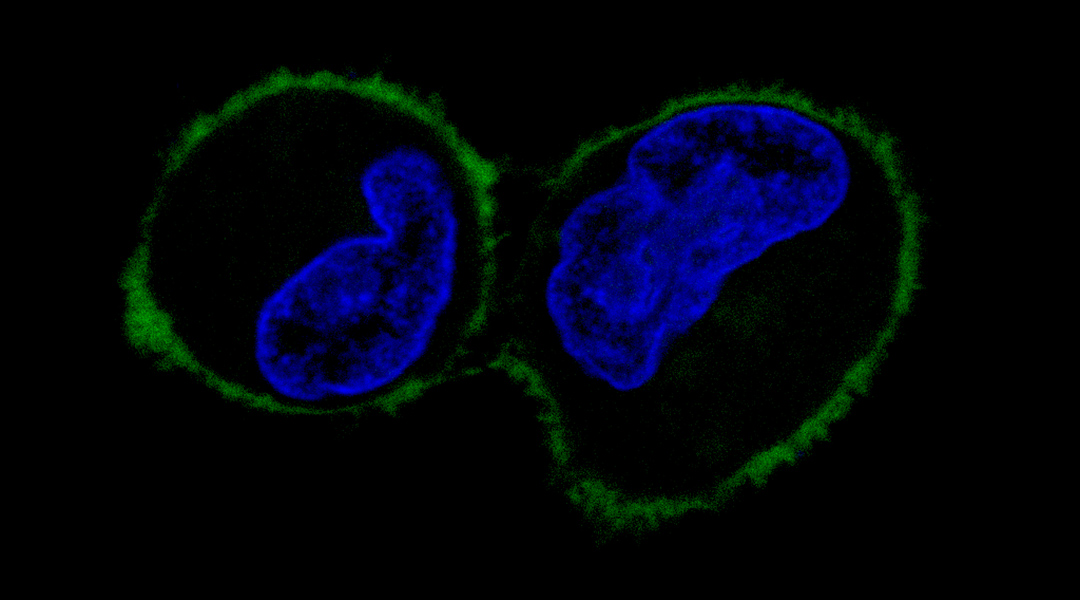


Polypeptides that selectively induce calcification of cancer cells could improve early detection and limit the progression of lung cancer.
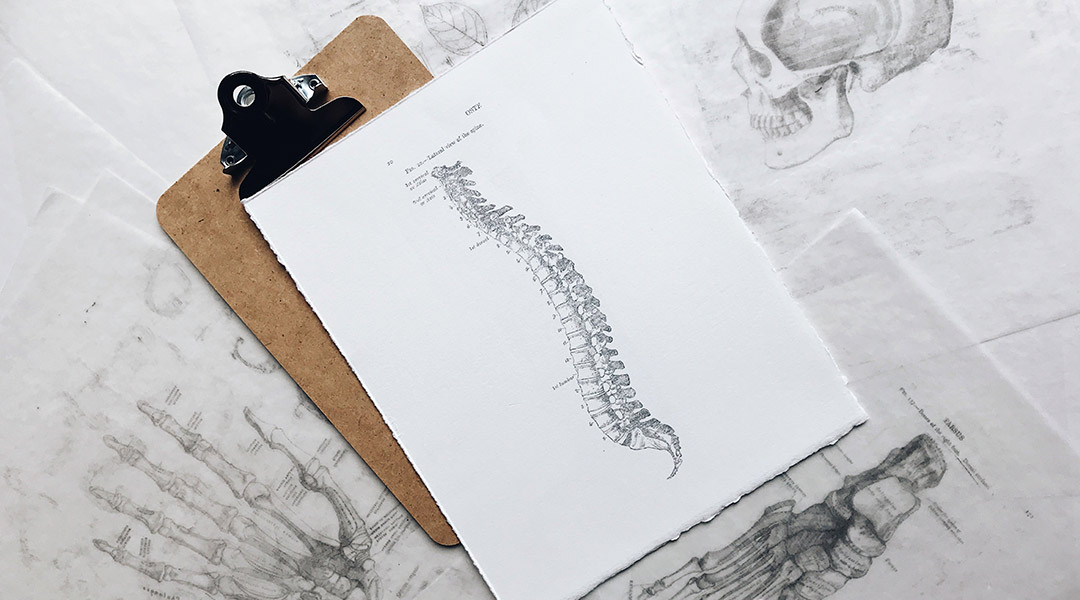
A hydrogel loaded with drugs to simultaneously regenerate nerve tissues and blood supply shows promise for promoting recovery after spinal cord damage.
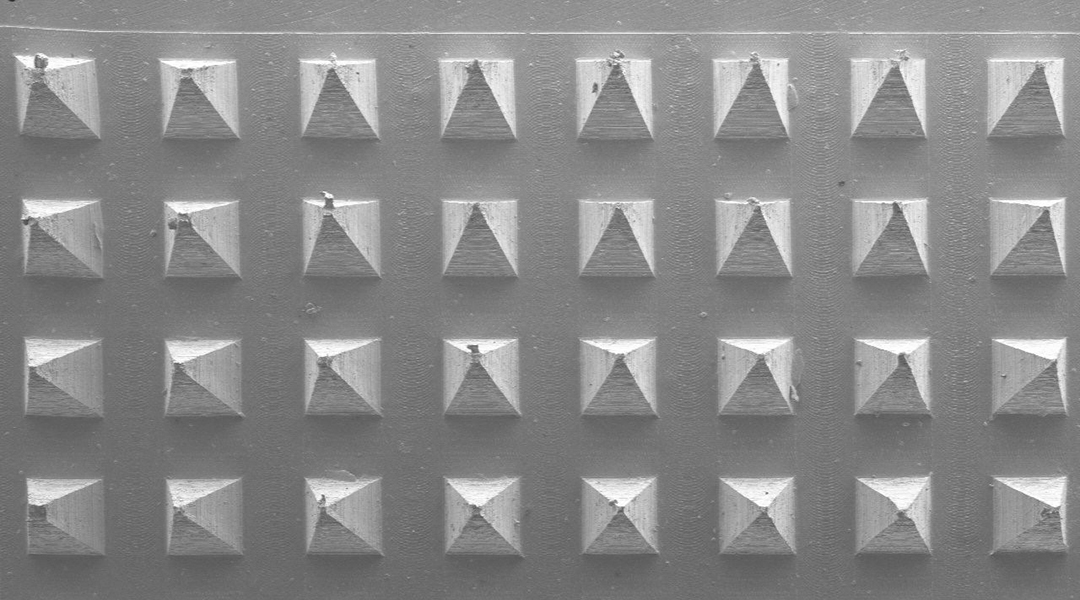
Minimally invasive delivery of capsaicin into adipose tissues under the skin shows promise for countering obesity.
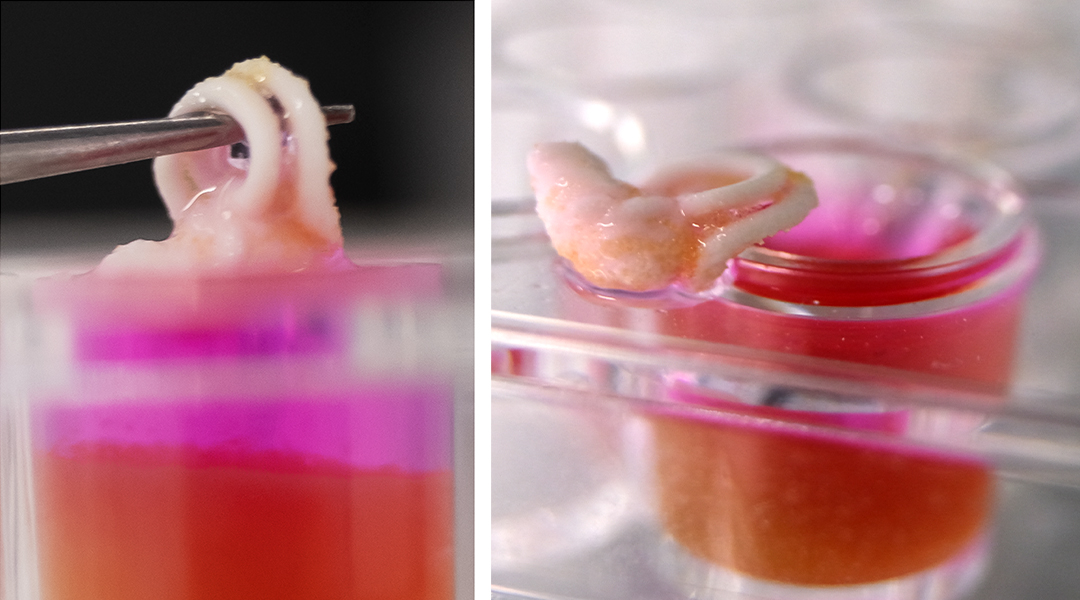
Researchers develop a new strategy to 3D print bone-mimicking structures at room temperature incorporating live, bone-forming cells.
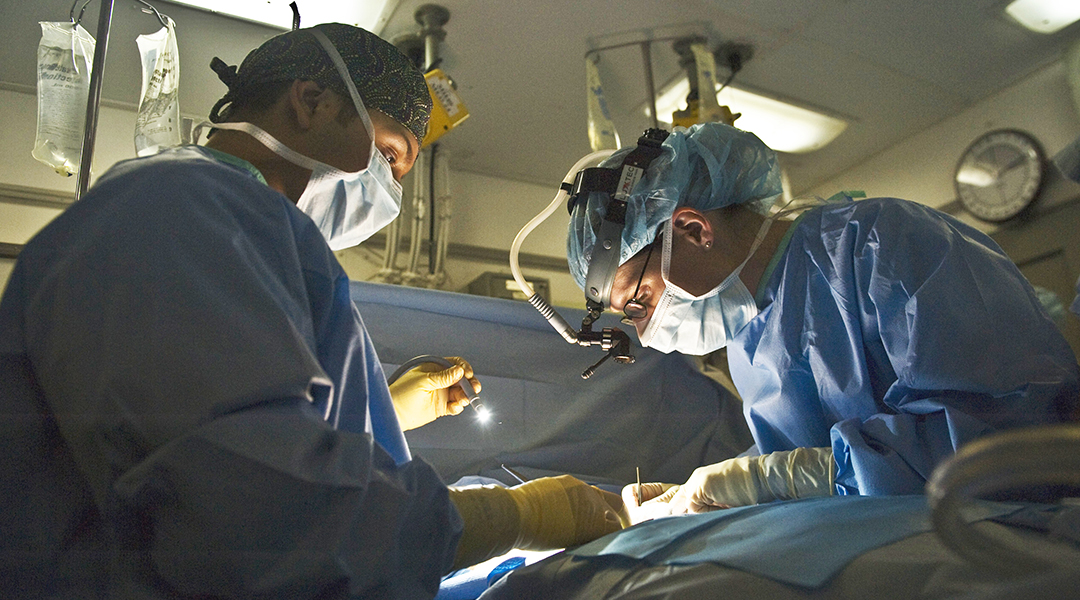
Sprayed on and held in place like Velcro, researchers develop a dynamic hydrogel barrier system to improve the outcome of invasive surgery and reduce the need for additional operations.
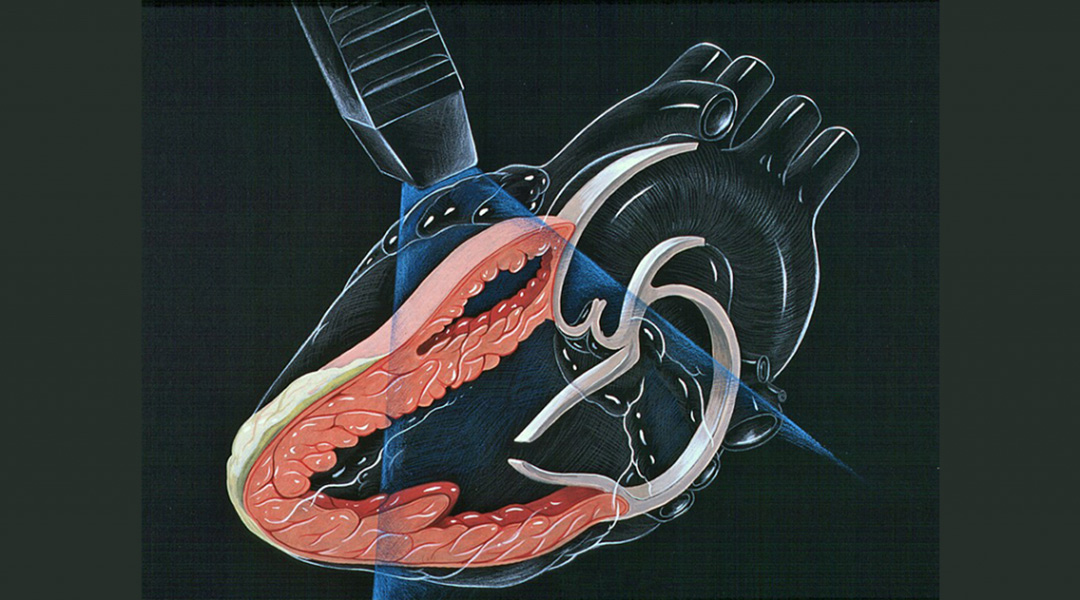
3D bioprinted models of developing human hearts reveal critical factors that shape heart development.
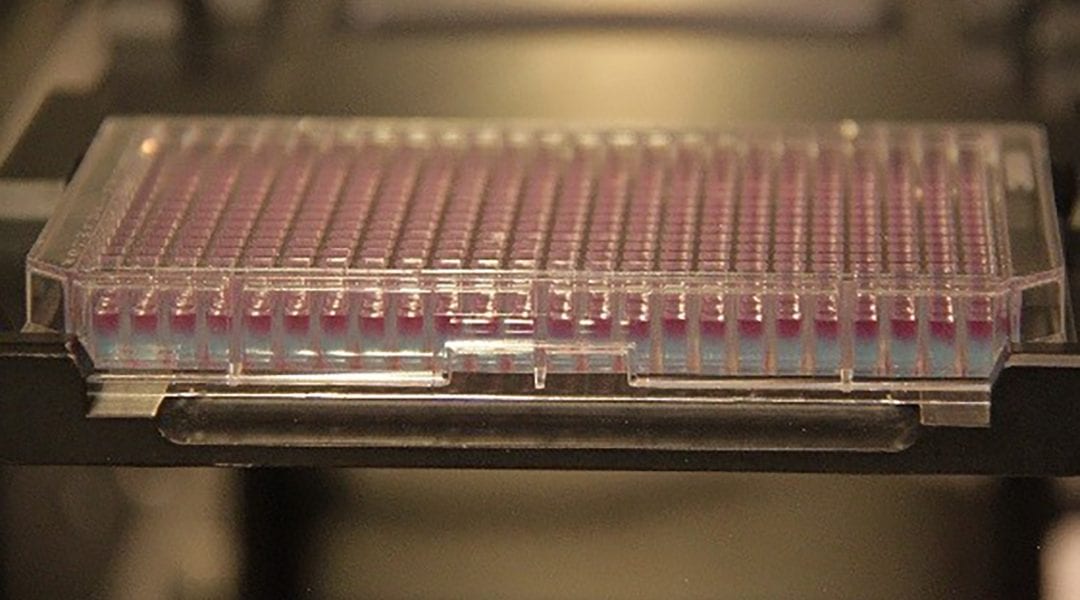
A temperature-responsive, porous hydrogel enables more efficient and sustained protein synthesis.
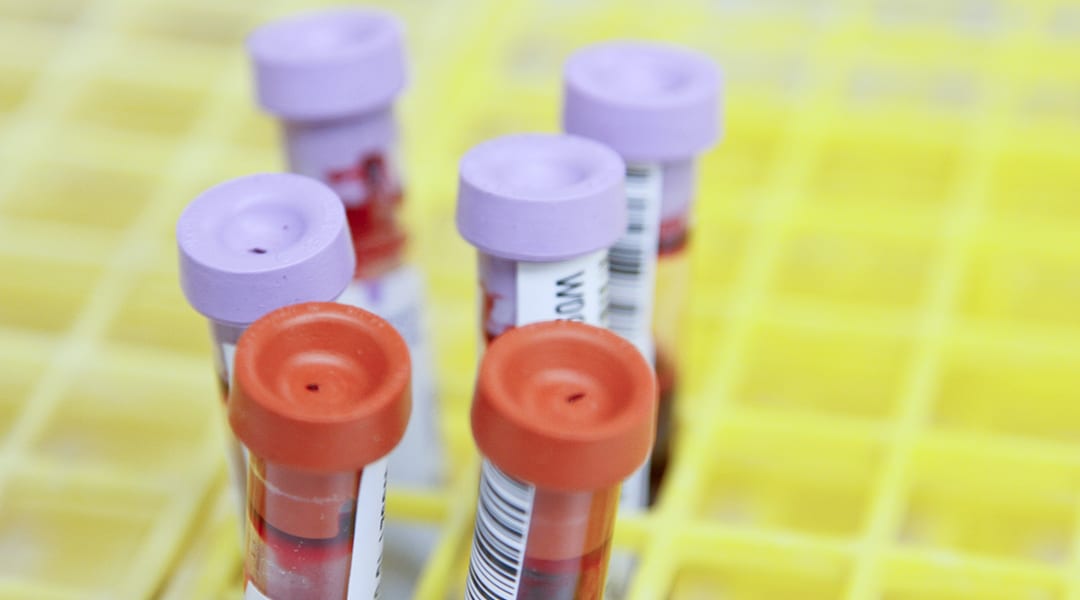
A sensitive blood test for the early diagnosis of Alzheimer’s disease could be possible with nanoparticle arrays.
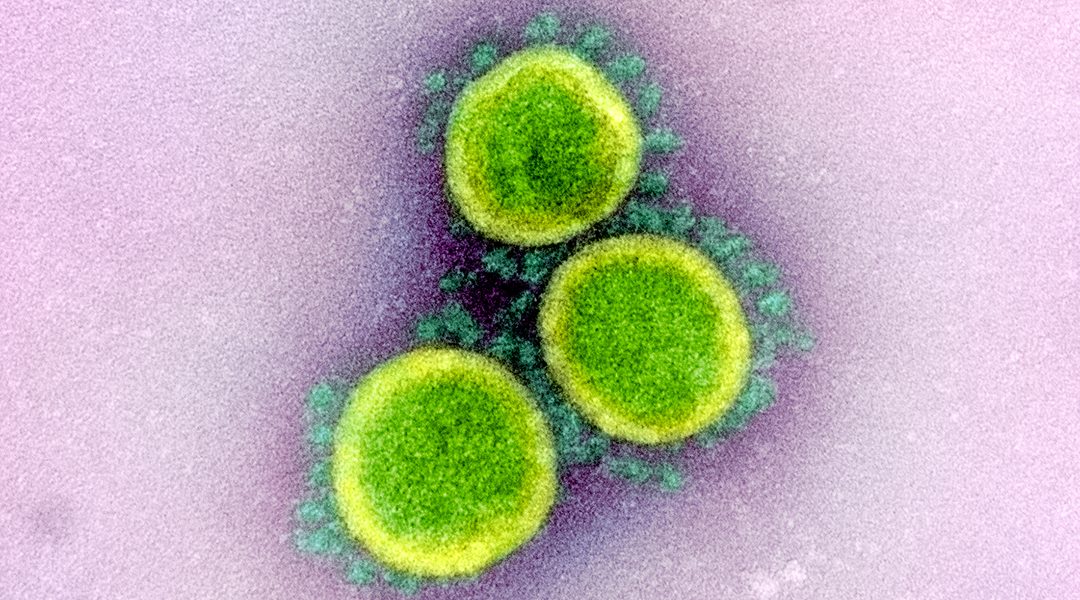
Researchers enhance the immune response against the receptor binding domain of SARS-CoV-2 by presenting it on liposomes, providing a promising strategy for vaccine development targeting this domain.
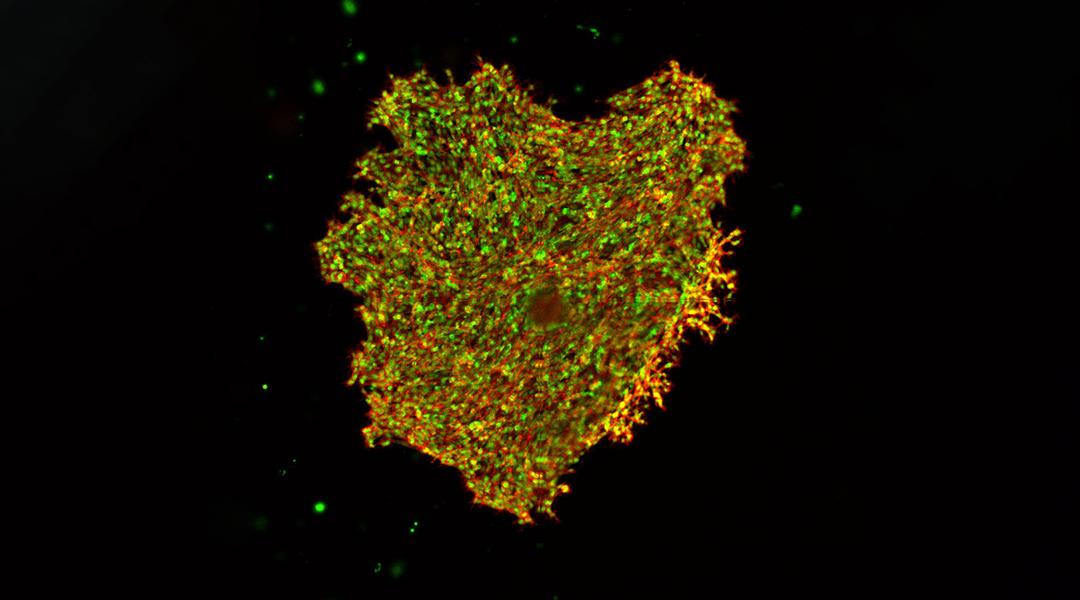
Researchers engineer a hydrogel that recapitulates biophysical changes in the tissues surrounding tumors to investigate how stiffness impacts the mobility of invasive and non-invasive cancer cells.